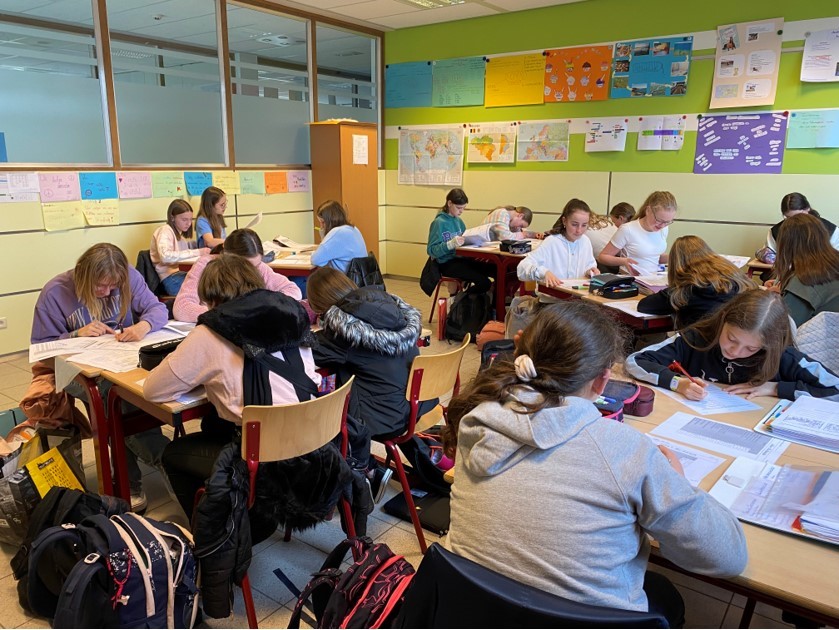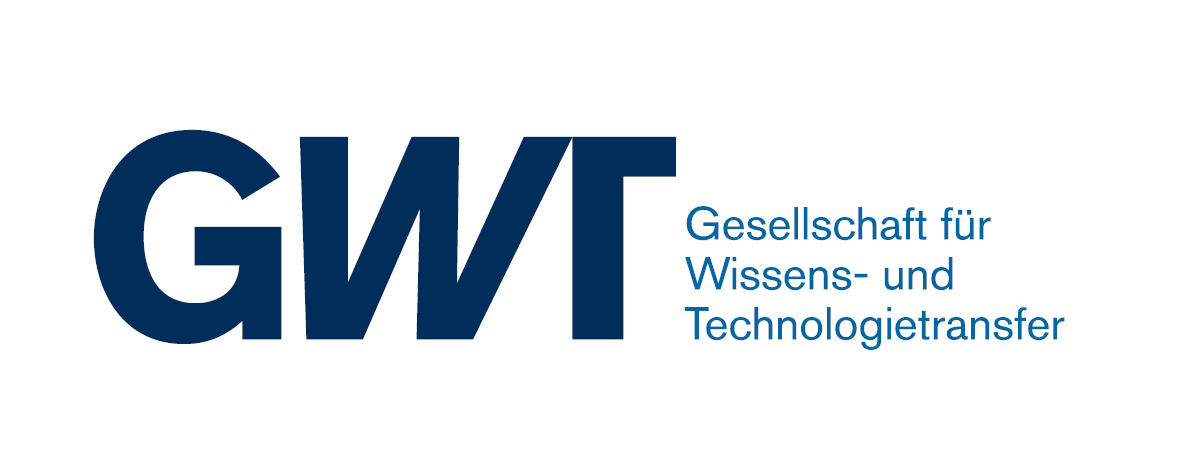Research results on self-directed learning reach school practice
For the second time, the GWT TUD GmbH under the project management of Prof. Dr. Köhler in cooperation with the CODIP and the Ministry of the German-speaking Community of East Belgium a training course for teachers at secondary schools in East Belgium was carried out. The training is based on the results of our research project “Self-organized further training”, which was carried out from 2016 to 2018, and serves to transfer our research results into teaching practice in schools. The diverse and ambitious test reports that the participating teachers presented to us in their presentations of the results demonstrated the success of this project.
Since December 2022, 10 secondary school teachers have taken part in our online training. First, within eight weeks, they worked out the most important basics of self-directed learning and its didactic implementation in school practice. For this purpose, we provided them with materials and learning tasks and discussed and explored the various topics in more depth in regular online seminars. The teachers then developed their own concept for a self-directed learning unit in their lessons. After receiving peer feedback on the concepts they had developed, they tested their concept with their students. From April 19 to May 3, they presented their experiences from practical use.
We are very impressed by the results and would like to present some highlights here. From religious education to advanced mathematics courses, very different subject areas were represented. A wide range of methods and digital tools were used. Above all, it is the simple and inconspicuous ideas and implementations that surprised us the most.

- Collection of questions: Before starting a new learning unit, the teacher first collected questions from her students about the answers they would like to find out in the next learning unit. The teacher then put together content and tasks that were suitable for finding answers to these questions.
- Self-assessment options: The students were asked to choose which exercises they wanted to work on from a pool of exercises. A sample solution and a self-assessment questionnaire were available for each exercise. This enabled the students to make their own decisions about which exercises they wanted to continue working on and which areas they wanted to repeat.
- Pool of experts: Based on the self-assessments, experts should also be identified who would then be available to other students to answer questions and provide support. There could be different experts for each topic.
- Creative forms of presentation: The students were asked to prepare a topic of their own choosing in a creative presentation format for the other students. Opening up the presentation format, which went beyond moderated presentation slides, led to extremely creative solutions, such as role plays, exhibitions and discovery tours through the school, which impressed not only the supervising teacher.
- Voting on the topic of the learning unit by students: Due to the presence of a geographical topic on TikTok, the students expressed a desire to learn more about the context and background of this social media discussion and selected this topic for a new learning unit by majority vote. After a general introduction to the topic, they were allowed to choose for themselves which focus points they wanted to explore and prepare using the available materials.
- Use of original sources and contemporary witness information: In order to illustrate the complexity and background of current events, (translated) newspaper articles and interviews with contemporary witnesses were also made available in a learning resource pool. The students could use them to develop their topic.
- Free choice of time to take a graded test: During the self-directed processing of materials and exercises for a learning unit lasting several weeks, the students were asked to complete three graded tests. They were allowed to decide when they wanted to take the test. After all the students chose the latest possible date for the first test, there were many different requests for when the students would register to take the test for the following two tests.
- Clear overview and orientation using a checklist: In a workshop phase, the students were given various materials and work assignments that they were supposed to complete in their own order and at their own speed, and with a free choice of learning partners. For a better overview, they were provided with a one-page checklist on which the students could tick off the learning steps they had completed, assess their own performance, and enter the result achieved after checking.
- Structured digital environment to support: A teacher created a very well-structured and designed learning management system course for her students. In addition to numerous, varied tasks to be completed in an individually determined order and at one's own pace, it also contained many suggestions for collaboration with self-selected learning partners.

We are delighted with the diverse ideas and experiments of the participants. All teachers have intensively reflected on the use of learning units with self-directed elements, including their advantages and challenges. Initial approaches to dealing with challenges have already been developed and tried out, which are to be tested in future lessons. In addition, all teachers are motivated to enrich their own teaching concepts with further elements of self-directed learning. For us too, it is very motivating and encouraging that self-directed learning can be implemented in school practice and expanded further. If you are also interested in the topic of self-directed learning, are researching it or would like to implement it in your teaching, then please take a look at our comprehensive, free manual.

Authors: Jana Riedel, Jonathan Dyrna, Michelle Pippig







1 Response